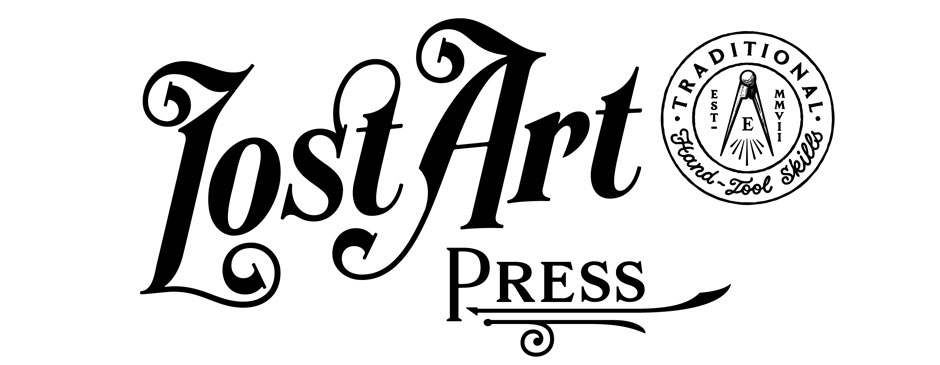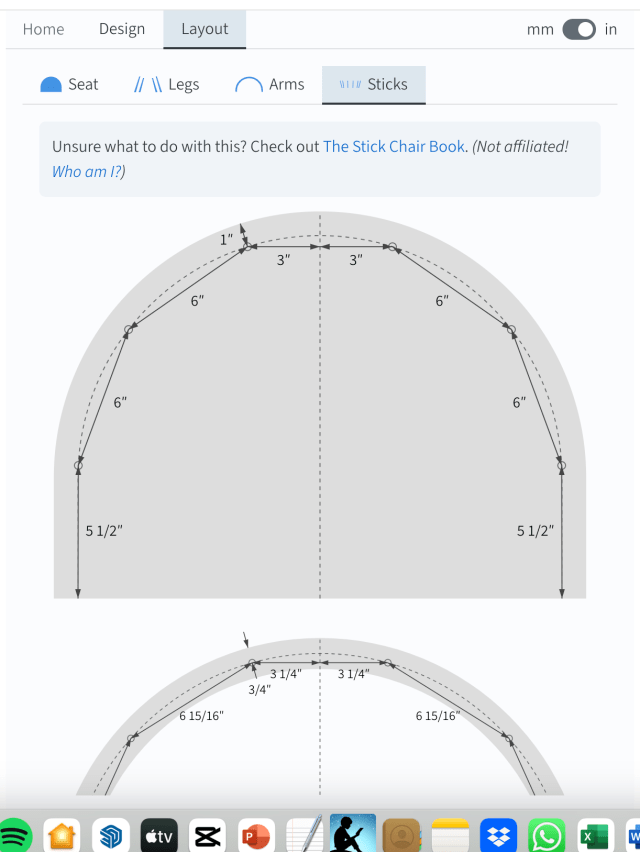
This chair is built using Honduran mahogany that is at least 50 years old that I purchased from a millwork and furniture shop in Norwood that was going out of business. I bought every scrap I could afford, and I used most of my stash to build the projects in “Campaign Furniture.”
The rest, I have decided, I will use to make stick chairs. I probably have enough wood for four or five more chairs. (Note that most true mahogany today is illegally harvested. If you are interested in working with it, I recommend you seek out old stock or recycle it from broken or discarded antiques.)
About the Chair
Because I don’t have a lot of thick mahogany, the seat is thin (about 1”) and the leg tenons are reinforced with battens below the seat that are attached with sliding dovetails. This makes the chair lighter in weight and in appearance. The seat is a single board of 16”-wide mahogany.
The seat is 16” off the floor, and the chair is set up for dining or office work. The seat is tilted 4°, and the back is tilted 14° off the seat. The overall height of the chair is 39-1/2”, with an overall width of 22-1/2” and depth of 22”. The splayed-out back sticks provide plenty of shoulder support. This is a quite comfortable chair.
All the joints are assembled with hide glue (that we make here). This means the chair will be easy to repair in the far-off future as the glue is reversible. The finish is blonde shellac with a coat of black wax.
All the through-tenons in the undercarriage and arms are left slightly proud. They add texture (and a little strength) but they won’t snag your hands. I polished them and slightly rounded them over so they feel like a river pebble. All the short sticks are wedged into the arm above and below in the seat.
It might seem odd to make a folk chair from mahogany, but it is historically appropriate. Many seaside villages would build their furniture from cargo that washed up after shipwrecks (even though that was illegal to do).



How to Buy the Chair
I’m selling the chair via a silent auction. Crating and shipping are included in your price. As this is a private auction, there is no dealer fee. Your bid is what you pay to acquire the chair and have it shipped to you.
Bids start at $500. My chairs typically sell at auction for anywhere from $1,200 to $5,000, with most of them ending up in the $2,500 range.
If you wish to buy the chair, send an email to lapdrawing@lostartpress.com before 3 p.m. (Eastern) on Friday, Aug 23. Please use the subject line: “Comb Back” In the email please include your:
- Bid
- U.S. shipping address
- Daytime phone number (this is for the trucking quote only)
If you have the highest bid, we will notify you. Alternatively, the chair can be picked up at our storefront. (I’m sorry but the chair cannot be shipped outside the U.S.)
— Christopher Schwarz











